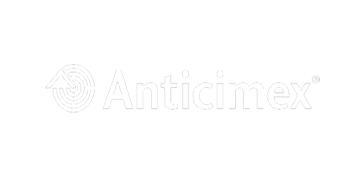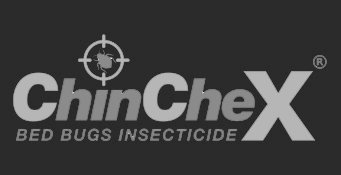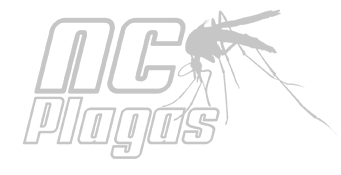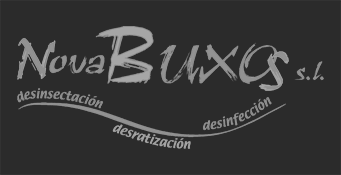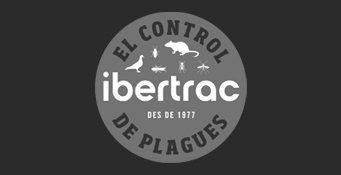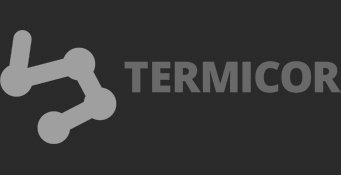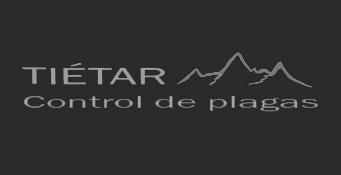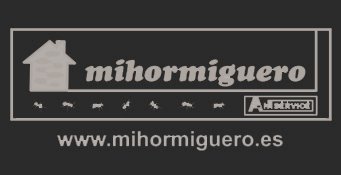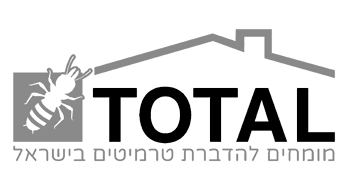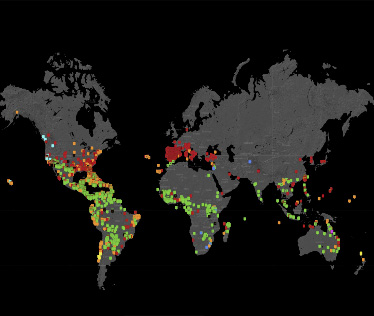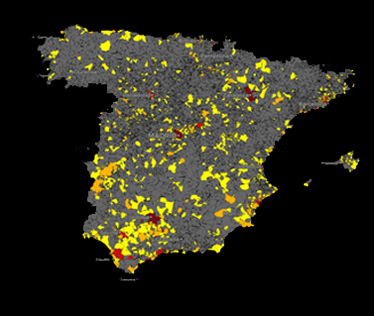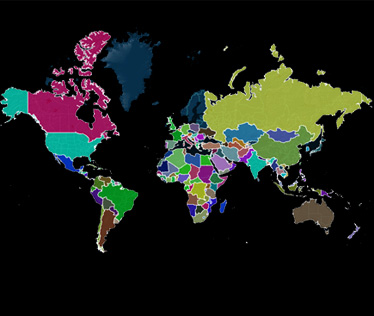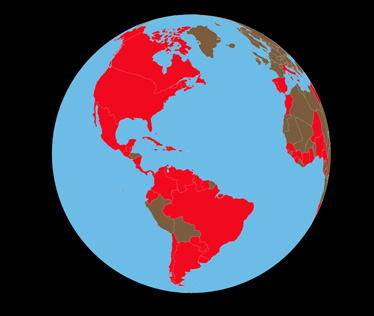| Ref |
Autor |
Año |
Artículo |
Fuente |
| 36 |
Renato Ripa, Paola Luppichini, Jan Krecek, Michael Lenz and Jim W. Creffield |
2004 |
Termitas y Otros Insectos Xilofagos en Chile: Especies, Biología y Manejo |
Fuente |
| 8 |
Jean-Michel Maes |
2002 |
Catálogo de los Isoptera de Nicaragua |
Fuente |
| 46 |
Gaju et al. |
2015 |
Orden Isoptera (Spanish) |
Fuente |
| 47 |
Nobre, T., Nunes, L., Eggleton, P., Bignell, D |
2006 |
Distribution and genetic variation of Reticulitermes (Isoptera: Rhinotermitidae) in Portugal. |
Heredity |
| 41 |
Krishna et al. |
2013 |
Treatise on the Isoptera of the world |
Fuente |
| 10 |
Reginaldo Constantino |
1999 |
Chave ilustrada para identificação dos gêneros de cupins (Insecta: Isoptera) que ocorrem no Brasi |
Fuente |
| 11 |
Reginaldo Constantino |
1991 |
Termites (Insecta, Isoptera) from the lower Japurá River, Amazonas State, Brazil |
Fuente |
| 12 |
Banks, Nathan, b. |
1918 |
The termites of Panama and British Guiana |
Fuente |
| 13 |
Rudolf H. Scheffrahn |
2016 |
Establishment of Nasutitermes corniger (Isoptera: Termitidae: Nasutitermitinae) on Abaco Island, The Bahamas |
Fuente |
| 16 |
Eliane Santos da Rocha |
2000 |
Levantamento e identificação de cupins (Insecta: Isoptera) em área urbana de Piracicaba, SP. |
Fuente |
| 22 |
Rudolf H. Scheffrahn |
2003 |
Taxonomy, Distribution, and Notes on the Termites (Isoptera: Kalotermitidae, Rhinotermitidae, Termitidae) of Puerto Rico and the U.S. Virgin Islands |
Fuente |
| 23 |
Y. SJÔSTËDT |
1927 |
Sur l'imago allé d'un Termite du Maroc |
Fuente |
| 29 |
Harit et al. |
2016 |
Studies on the development of captive termite colonies |
Fuente |
| 31 |
Jan Krecek and Rudolf H. Scheffrahn |
2001 |
Neotermes platyfrons, a New Dampwood Termite (Isoptera, Kalotermitidae) from the Dominican Republic |
Fuente |
| 32 |
Hill, G.F. |
1926 |
Termites from the Ellice group. Proceedings of the Royal Society of Victoria (n.s.) 38: 95-99. |
Fuente |
| 33 |
Jan Krecek et al. |
2000 |
Redescription of Neotermes mona, a Dampwood Termite (Isoptera, Kalotermitidae) from the Central West Indies |
Fuente |
| 34 |
Jan Krecek and Rudolf H. Scheffrahn |
2003 |
Neotermes phragmosus, a New Dampwood Termite (Isoptera: Kalotermitidae) from Southeastern Cuba |
Fuente |
| 35 |
R. W. Lamb |
1980 |
Termites (Isoptera) of Macaronesia |
Fuente |
| 37 |
Scheffrahn et al. |
2003 |
Nasutitermes costalis (Isoptera: Termitidae) in Florida: First record of a non-endemic establishment by a higher termite. |
Fuente |
| 38 |
Haylett Cruz et al. |
2004 |
Lista anotada de las termitas en Cuba |
Fuente |
| 39 |
Silvia Ghesini and Mario Marini |
2013 |
A Dark-Necked Drywood Termite (Isoptera: Kalotermitidae) in Italy: Description of Kalotermes italicus sp. nov. |
Fuente |
| 42 |
Lainé LV1, Lainé LV, Wright DJ. |
2003 |
The life cycle of Reticulitermes spp (Isoptera: Rhinotermitidae): what do we know? |
Fuente |
| 43 |
Thomas Chouvenc et al. |
2014 |
Developmental Instability in Incipient Colonies of Social Insects |
Fuente |
| 44 |
Lainé et al. |
2013 |
The life cycle of Reticulitermes spp (Isoptera- Rhinotermitidae) |
Fuente |
| 45 |
Klaus Hartfelder |
2008 |
Life history and development - A framework for understanding developmental plasticity |
Fuente |
| 48 |
Reginaldo Constantino |
2000 |
Key to the soldiers of South American Heterotermes with a new species from Brazil (Isoptera: Rhinotermitidae) |
Fuente |
| 49 |
Rudolf H. Scheffrahn and Nan-Yao Su |
1994 |
Keys to Soldier and Winged Adult Termites (Isoptera) of Florida |
Fuente |
| 50 |
C. S. Kirby |
1965 |
The Distribution of Termites in Ontario after 25 Years |
Fuente |
Inicio de sesión
Bienvenido de nuevo. Inicia sesión para comenzar
También puedes subir un punto sin registrarte.
IR!
Registro de usuarios
¡Hola! ¿Has sido capaz de localizar algún tipo de termita en su área o durante algún viaje?
Por favor, contribuye al proyecto completando nuestro breve cuestionario.
Recuperación de contraseña
¿Olvidaste tu contraseña?
No te preocupes, podemos solucionarlo.
Descargo de responsabilidad
Cada punto indica una ubicación aproximada donde se detectó termitas en algún momento. Si algún punto de datos está situado en una estructura existente, fue algo puramente fortuito. No necesariamente indica una infestación activa actual, pero indica que la especie fue detectada dentro del área.



